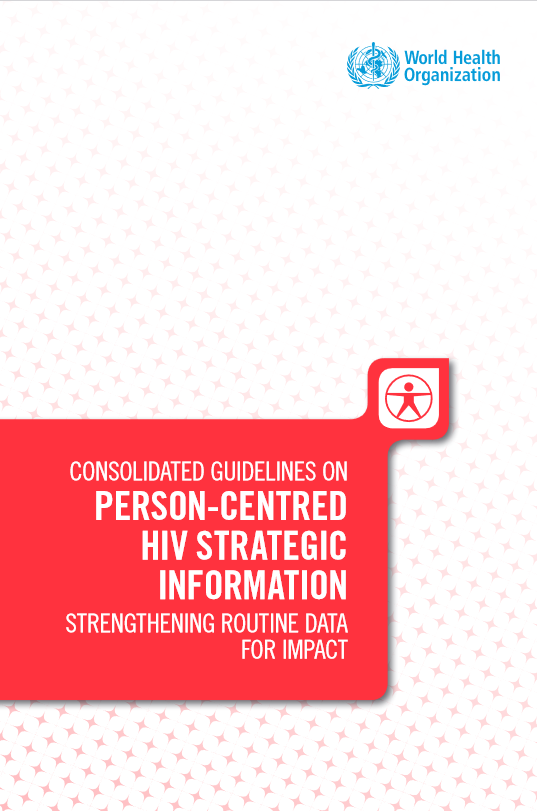2022 WHO Consolidated Guidelines on Person-centred HIV Strategic Information
Analysis of evidentiary value
The World Health Organization (WHO) is the UN’s directing and coordinating authority for health. WHO’s Secretariat serves the organisation’s 194 Member States by implementing the resolutions and decisions of the World Health Assembly through its global and regional headquarters as well as its 150 country offices. The WHO Secretariat derives normative authority from its expertise and political neutrality. It is a widely respected public health authority in the UN system and beyond. Its guidelines and technical reports are authoritative sources of evidence.
Used as precedent
key and vulnerable populations
“While the overall incidence of new infections has been declining since the peak in 1997, the proportion of these new infections that occur among people from key populations (men who have sex with men, sex workers, people who inject drugs, trans and gender diverse people, and people in prisons and other closed settings) continues to increase. In 2021 people from key populations and their sexual partners accounted for 70% of new infections globally and 94% of new infections outside of sub-Saharan Africa. In sub-Saharan Africa as well, key populations and their sexual partners make up an increasing proportion of new infections, from 25% in 2016 to 51% in 2021.” (p. 21)
gender equality
“While the overall HIV burden is higher in girls and women, men are less likely to get tested for HIV and, if infected, less likely to be on treatment and less likely to be virally suppressed. A growing body of evidence shows that men have less access than women to HIV prevention, testing and ART.” (p. 21)
universal health coverage
“Worldwide, an estimated 5% of all cervical cancer cases are attributable to HIV, and women living with HIV have a six-fold higher risk of cervical cancer than women who are not infected with HIV. An estimated 85% of women with both cervical cancer and HIV live in sub-Saharan Africa, underscoring the major contribution of HIV to the cervical cancer burden in the region, contributing to the geographic disparities seen in cervical cancer burden.” (p. 163)
“Substantial evidence indicates that STIs increase HIV transmissibility and the risk of acquiring HIV by as much as 2–3 times in some populations. The increased transmissibility may result from STI sores or inflammation allowing infection that might otherwise have been stopped by intact skin and from increased HIV shedding among people with HIV who have urethritis or a genital ulcer or are infected with N. gonorrhoeae. Genital herpes (HSV-2) almost triples the risk of acquiring HIV for both men and women. Also, HIV increases the infectiousness and severity of STIs, and a recent study has documented that HIV and syphilis co-infection can have an adverse impact on immune recovery and antiretroviral effectiveness.” (p. 166)
sex characteristics
“WHO recommends starting cervical cancer screening at age 25 years for women living with HIV, but some women may be screened earlier and it is important to capture this. Gender categories should include all gender diverse people with a female reproductive system such as transgender men and gender diverse individuals who have a cervix, while maintaining policy-protected confidentiality and privacy for these data to prevent their misuse.” (p. 178)
intersectionality
“Epidemiologic research conducted through national surveys, clinical trials and cohort studies has shown that HIV incidence varies considerably between and within different geographic areas and population groups in a country.” (p. 189)
“In mature epidemics HIV prevalence tends to be lower among pregnant women above age 20 than among non-pregnant women, with the relative difference growing with increasing age and older age of sexual debut. In contrast, pregnant adolescents, ages 15-19 years, tend to have higher HIV prevalence than non-pregnant adolescents.” (p. 205)
“A recent analysis of programme-driven survey data collected among adolescent girls (ages 16 to 19 years) who sell sex in Zimbabwe reported a steep rise in HIV prevalence, from 2.1% among those age 16 years to 26.9% among those age 19.” (p. 208)
